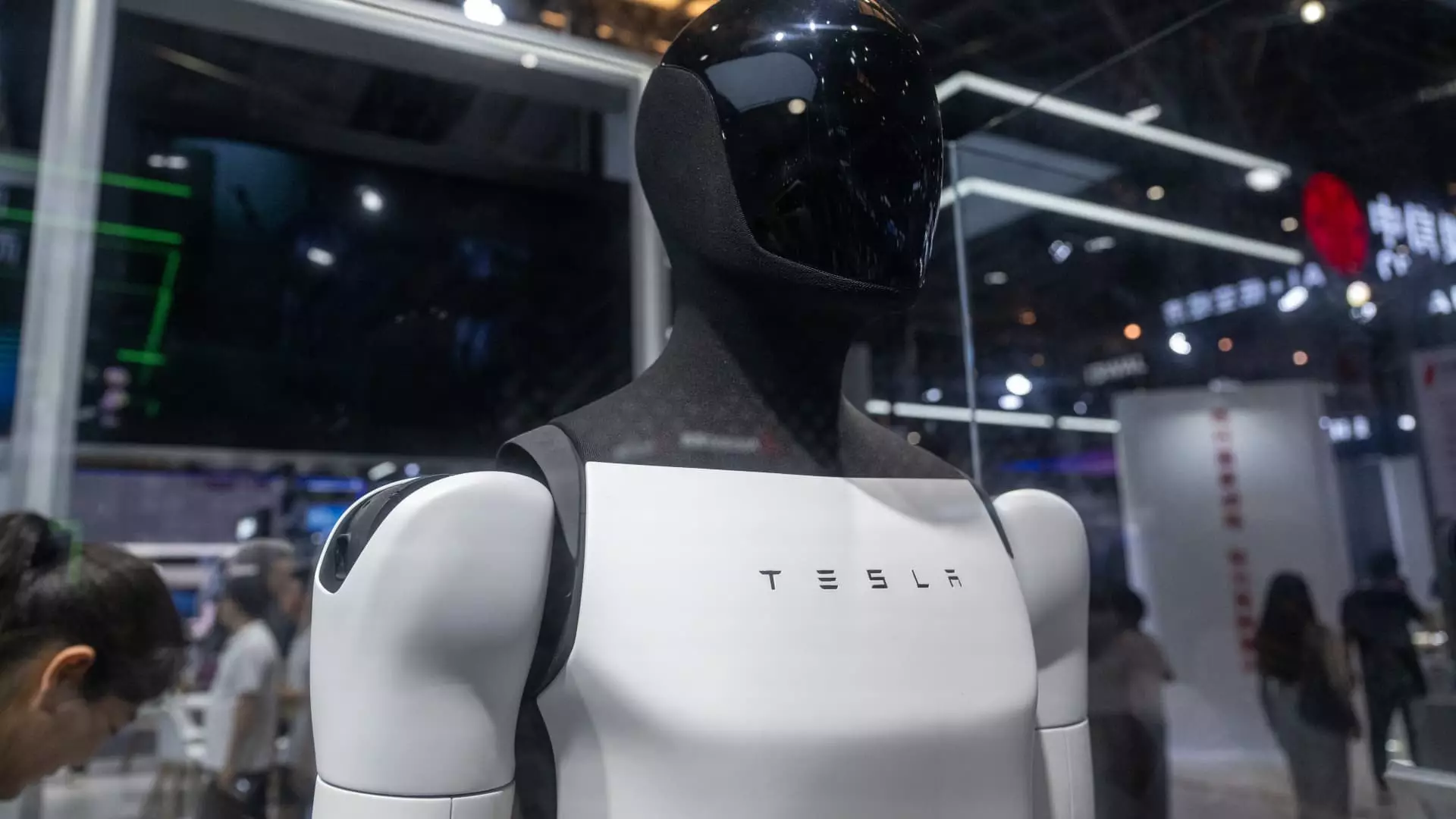In recent weeks, the spotlight has turned to Tesla CEO Elon Musk as he navigates a complex web of international trade challenges surrounding the supply of rare earth elements, critical to the company’s foray into humanoid robotics. During a recent earnings call, Musk voiced concerns regarding China’s newly imposed restrictions on the export of essential materials used in Tesla’s Optimus humanoid robots, which underscores a larger issue of dependency on foreign resources that could shape not only Tesla’s future but the trajectory of robotics and electric vehicles (EVs) globally.
China’s decision to enforce these export controls on seven rare earth elements—materials that are foundational to various technologies including defense, energy, and automotive industries—can be interpreted as a strategic maneuver against the backdrop of escalating trade tensions with the United States. This tightening grip on rare earth exports raises pressing concerns: How vulnerable are American companies, particularly those reliant on these materials? As Musk articulated, assurances are sought by the Chinese government that these materials will not be utilized for military applications, signaling a geopolitical tug-of-war over technology and innovation.
The Consequences of Restricted Resources
The ramifications of these trade restrictions extend beyond corporate bottom lines; they open up questions of technological leadership and innovation. The reality is stark: China currently dominates the market for rare earth elements, leaving U.S. firms like Tesla scrambling to mitigate potential shortages. Despite the hopes of diversifying suppliers or fostering a domestic market, it is evident that the U.S. is not ready to compensate for the void created by China’s policies. This dependency could hinder Tesla’s ambitious plans for producing 5,000 units of its humanoid robots this year, casting a shadow of uncertainty over what has been painted as a transformative pivot away from solely manufacturing vehicles to creating an army of robots designed for factory functionalities.
While Musk remains optimistic, asserting that Tesla will continue its production of humanoid robots, skepticism lingers. Will the company be able to ramp up production amidst these geopolitical constraints, and will they come to fully rely on Chinese resources—a scenario that could infuriate patriotic consumers and investors alike? The fine line between business and national interests has never been more pronounced, as potential tariffs and retaliations from the U.S. government loom over Tesla’s operations.
The Race Against Competition
Moreover, with global sentiment shifting towards autonomy and innovation, Musk faces stiff competition from burgeoning robotics companies in China, such as Unitree Robotics and AgiBot, both poised to enter mass production this year. This development presents a unique predicament: while Tesla has established itself as a pioneer in the EV space, its dominance in humanoid robotics is far from assured. Analysts warn that these new Chinese entrants may gain an upper hand, leveraging less stringent regulations and an established supply chain for rare earth elements.
Musk’s assertion that Tesla is ahead of competitors in the robotics field must contend with the reality of emerging challengers who may benefit from government backing and established operational capabilities. This landscape places immense pressure on Tesla to not only innovate but to do so swiftly and effectively to maintain its position at the forefront of both the automotive and robotic industries.
Investor Sentiment and Future Vision
As Tesla’s stock continues to grapple with a significant downturn, down approximately 37% year-to-date, the narrative around humanoid robots could either ignite investor optimism or exacerbate existing anxieties. With Musk emphasizing the importance of these robots for Tesla’s future—a pivotal part of an overarching goal of creating scalable autonomous solutions—the stakes have never been higher.
The optimism for the future of humanoid robotics aligns with Musk’s track record of ambitious claims, but as the landscape becomes more congested with competitors, sustaining that enthusiasm requires tangible outcomes rather than just promises. Investors are anxiously awaiting proof that Tesla can develop a sustainable edge in the burgeoning robotics vision Musk eloquently outlines. Tesla’s reliance on foreign resources amidst a backdrop of trade tensions complicates this endeavor, underscoring how global policies can inflict immediate consequences on technological aspirations.
In this high-stakes game of innovation and geopolitics, the resilience of companies like Tesla will be measured not just by their technological prowess, but by their ability to navigate the increasingly intricate trade dynamics shaping the 21st-century economy.


Leave a Reply